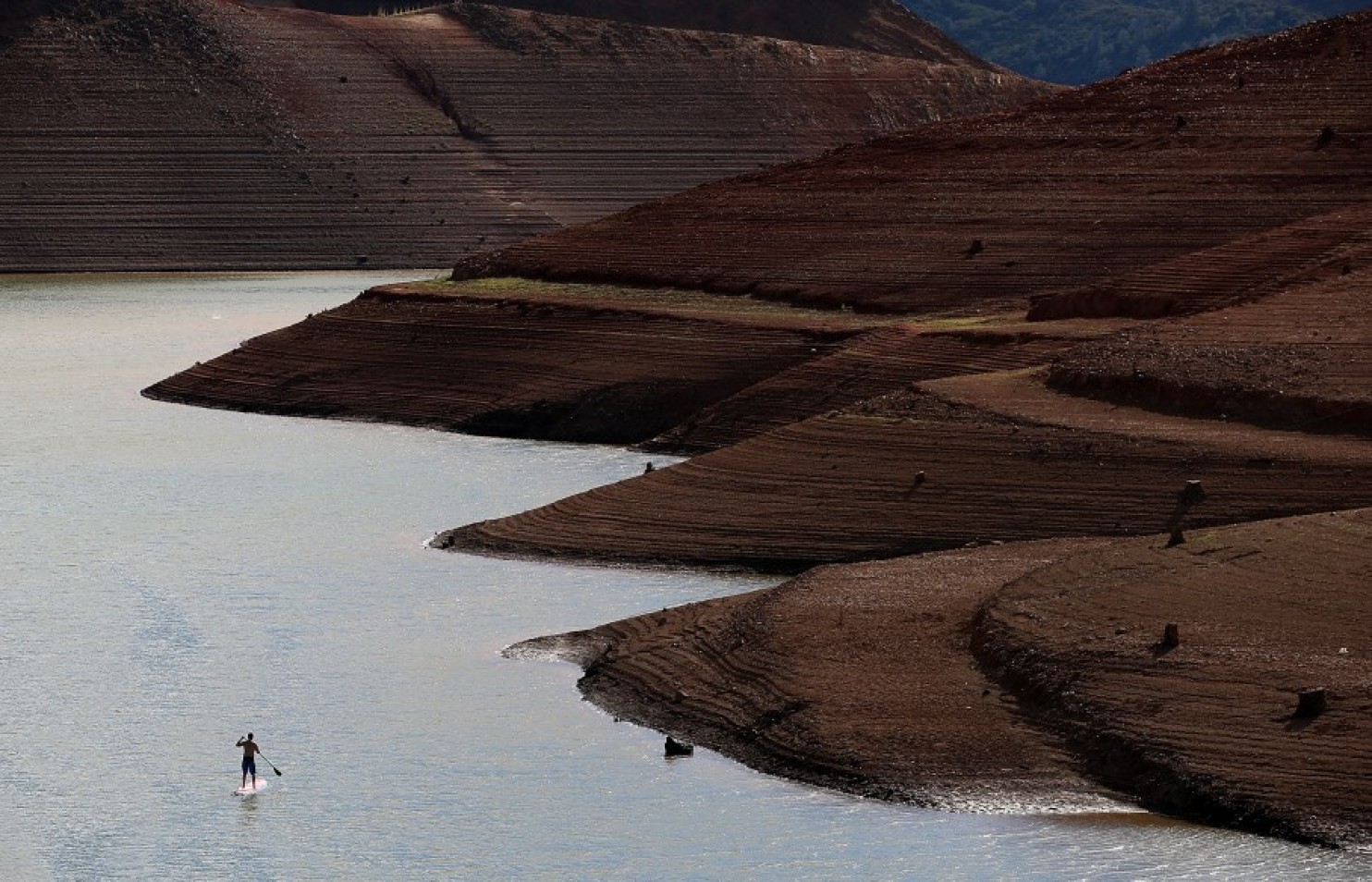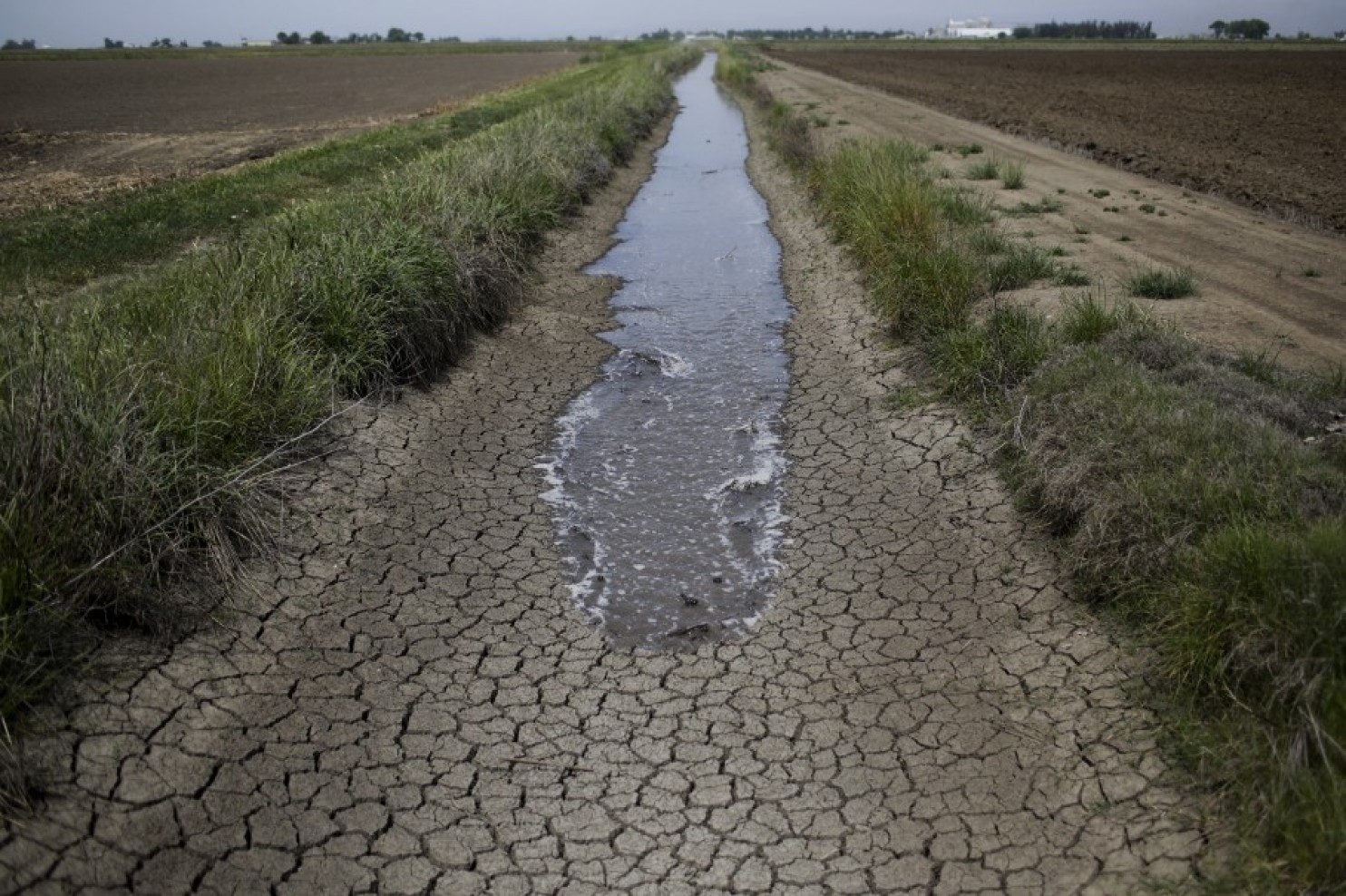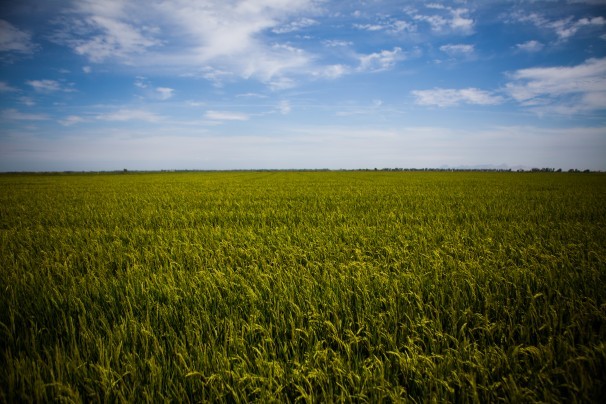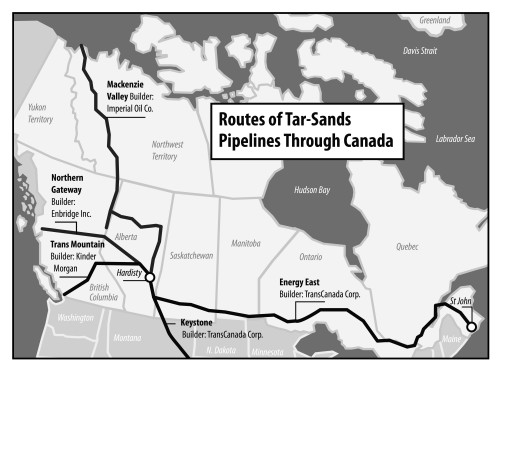
by Jorge Barrera, reposted from APTNNews, Feb 28, 2015
The Assembly of First Nations will be seeking to appear as a witness before the House of Commons committee currently studying the Harper government’s proposed anti-terror bill.
The AFN’s main concern is about its potential impact on First Nation dissent, according to a document from the national chiefs organization which analyzes Bill C-51.
To voice concerns about its potential impact on First Nation dissent, according to a document from the national chiefs organization which analyzes Bill C-51.
The AFN will also be seeking standing as a witness before the Senate committee taking over study of the anti-terror bill once it passes through the House of Commons, which is expected because the Harper government has a majority.
The AFN analysis document says the proposed bill could lead to the “unjust labelling of First Nations activists as ‘terrorists.’”
“Many of the provisions drafted in the proposed Act could potentially apply to activities of Indigenous peoples living in Canada and there are very few provisions proposed that would prevent the legislation from being interpreted against First Nations people,” said the analysis.
The AFN will also be seeking to meet with officials and MPs on both sides of the debate to have amendments considered in discussions on the proposed bill.
“Our office will seek to meet with government and opposition officials to seek amendments to the draft legislation,” according to the AFN’s analysis which was finalized Tuesday. “Our office will be working with First Nation leadership and interested organizations to assess the potential impacts of the legislation.”
The proposed anti-terror bill will give the Canadian Security Intelligence Agency police-like powers. It also gives police more leeway when it comes to arresting individuals suspected of committing acts of the terror. The bill also aims to crack-down on online speech that is perceived to promote terrorism.
The Harper government has rejected calls for more oversight to accompany the new powers the bill will give to law enforcement agencies.
The Liberals have stated they want amendments to the bill, but will support its passage even if their amendments are rejected.
The NDP has stated it intends to oppose the bill.
The AFN is among a list of 60 potential witnesses the NDP is planning to submit to the Commons Public Safety committee studying the bill. The NDP will also be including Indigenous activists on the list of potential witnesses.
It’s unclear at the moment when the committee will actually begin to hear from witnesses. On Tuesday, the Conservatives reportedly tried to limit the amount of days spent hearing witnesses while the NDP responded by filibustering, pushing the meeting to the four-hour mark.
The committee meets again in camera Thursday and NDP public safety critic Randall Garrison is expected to table a motion to have the committee sit during evenings and through break weeks to hear from as many witnesses as possible.
During question period Wednesday, NDP leader Thomas Mulcair accused the Harper government of trying to limit debate on the bill. He asked why Prime Minister Stephen Harper didn’t want to hear from First Nation leaders on their concerns about the bill. Mulcair quoted from a statement issued by the Union of B.C. Indian Chiefs last Friday which said the proposed anti-terror bill “directly violates the ability” of Indigenous people to assert and defend their constitutionally protected rights.
“First Nations are raising the alarm,” said Mulcair. “Again, Bill C-51 goes well beyond terrorism and will impact constitutionally-protected dissent and protest. Why is the prime minister afraid to hear from First Nations themselves?”
Harper wasn’t in the House of Commons for question period, but Public Safety Minister Steven Blaney fielded the question. Blaney said First Nations had nothing to fear from the bill.
“For greater certainty, it does not include lawful advocacy, protest, dissent and artistic expression,” said Blaney, quoting directly from the bill. “Please read the bill and then we can have a debate.”
The AFN analysis also references the same section Blaney used to argue First Nation dissent did not face a threat, but came to a different conclusion.
“Although most First Nations demonstrations could be considered as lawful advocacy, protest or dissent, it is likely that there would be disagreements between First Nations and the government as to what would constitute unlawful activity,” said the analysis. “The legislation does not account for disagreements or who would determine in the event of an ambiguous situation, such as if a demonstration was considered a lawful protest by a First Nation, but deemed an interference with critical infrastructure by the federal government or law enforcement agencies.”
The analysis also raises concerns about another section of the bill that covers activities that “undermines the security of Canada” including interfering with the government’s capabilities around defence, intelligence, border operations, public safety and the economic and financial stability of the country.
“This definition could be problematic for First Nations communities or citizens who may be engaged in various activities to: assert inherent or recognized rights and title; protect their land and water rights and interest; or oppose major development projects on their traditional lands that threaten the enjoyment of their Aboriginal or Treaty rights,” said the analysis. “The proposed legislation could result in the unjust labeling of First Nations activists as ‘terrorists,’ such activists who: seek to exercise their freedom of speech and freedom of assembly to assert First Nation’s collective rights, title and jurisdiction; march across or set up blockades at the border of the Unites States and Canada; set up a blockade along a major highway or railway; block access to a road or railway’ or publicly encourage such actions.”
The analysis also said the AFN was watching Bill C-639, An Act to Amend the Criminal Code, protection of critical infrastructure, which is a private member’s bill introduced by Conservative MP Wai Young last December. Bill C-639 aims to expand the Criminal Code definitions of critical infrastructure to also encompass everything from telecommunications, to transportation to finance, health care and food, said the analysis.
“The critical infrastructure provision in (the Bill C-51) closely resembles…Bill C-639,” said the analysis. “Unlike Bill C-639…Bill C-51 is very broad and will embody any activity that ‘undermines the security of Canada.’”




